Below are some of the building blocks of cybernetics, human perceptions and the inner workings of the human mind.
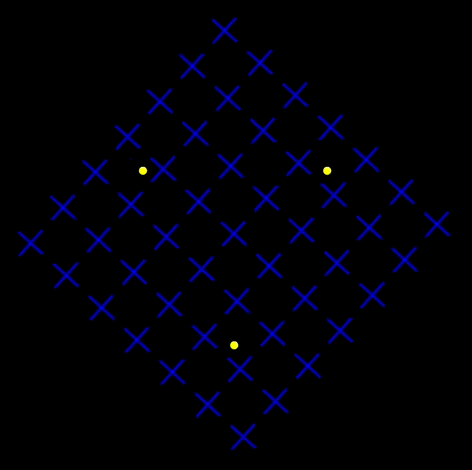
The Troxler Effect or motion-induced blindness demonstrates the ability of the human mind to ignore information. Stare at the green dot in the center. Soon the yellow dots disappear.
Cybernetics


No, they are all the same size. This is known as the Ponzo illusion. See below.

Motion perception problems demonstrate the human brain's ability to observe the exact same information and draw two different interpretations. The spinning dancer illusion and variations are provided. Specifically which direction is the dancer spinning, or which direction is the train moving?
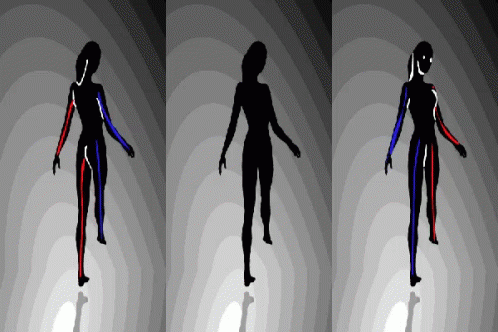

What a human thought may look like is below.



What are these things? These are Atomic Thinking Units. They are the receivers and transmitters that are to be found in the future of AI. They represent the conduits for electrotelepathy. They are many years into the future. Note their ternary design.
There are numerous theories and ideas about how the human brain remembers, how it reasons and how it solves problems. What sort of logic does it use and how does it work? None of these theories have any significant empirical evidence to support the premises of their conclusions. For if they did all the interest in artificial intelligence would have surfaced long ago. All these theories surmise that the human brain is some type of computer. But what type of computer could it be? To assume that it is quantum computer would be a safe assumption. This is true because of the nebulous aspects of quantum theory. Quantum theories are fascinating in that they allow us, in principle, to predict much of what we see around us within the limits set by the uncertainty principle (Planck's constant). In practice, however, the calculations required for systems containing more than a few electrons are so complicated that we simply cannot do them. As such any type of empirical evidence that the human brain is a quantum computer would not be observable, demonstrable or verifiable. Unfortunately, quantum theories introduce an unavoidable element of unpredictability or randomness into science, as well as into quantum computing. Therefore, discussions revolving around quantum computing could continue for decades without ever being able to determine if the human brain is a quantum computer. Moreover, terms like quantum phase, etc. only seem to be clouding the issue. However, do note the reference to ternary.
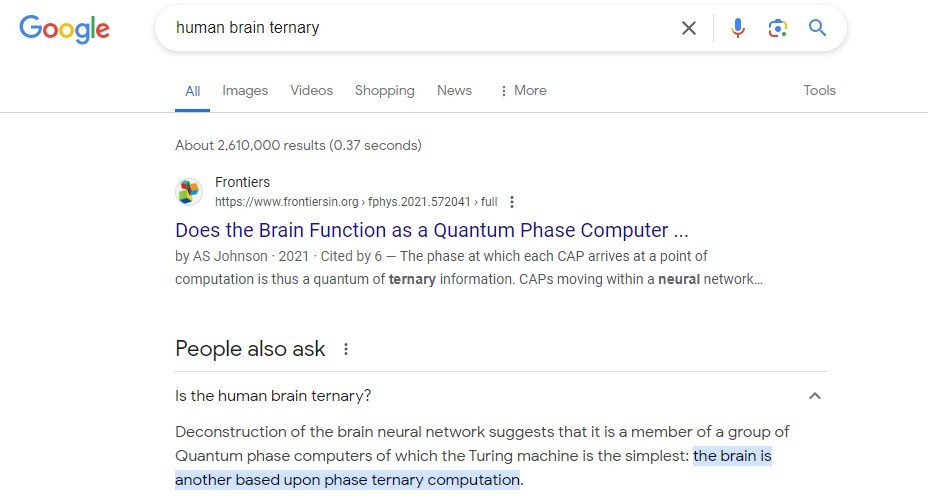
Cybernetics
When the computer industry was being formed in the 1950's there were other types of computer architectures that were both considered and developed. For example, IBM developed one. It was the first ternary computer. See article below. This was followed by the Setun. There were also octal computers.

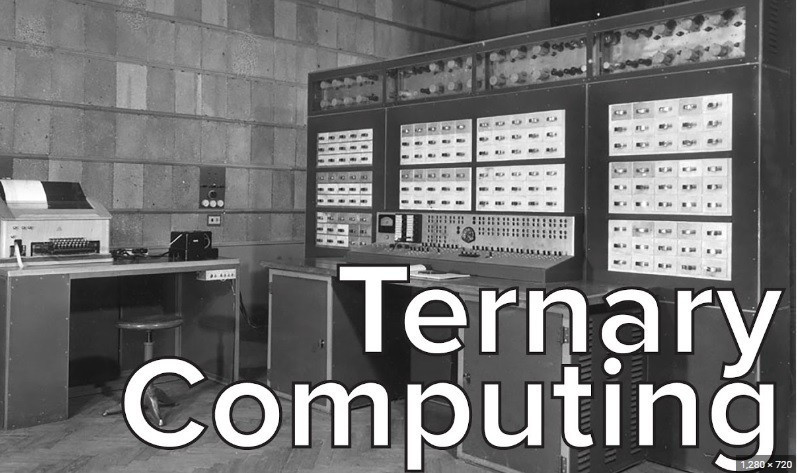
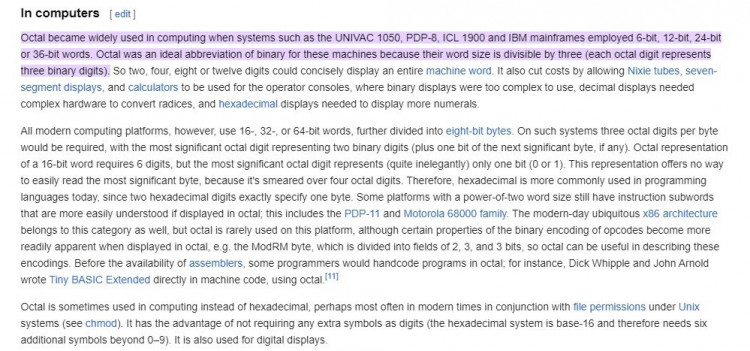
The empirical evidence not only suggests that the human brain is ternary but acts to confirm this cybernetic theory of threes in that the human brain operates as a balanced ternary computer.